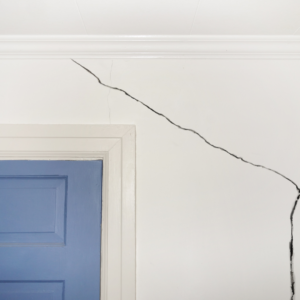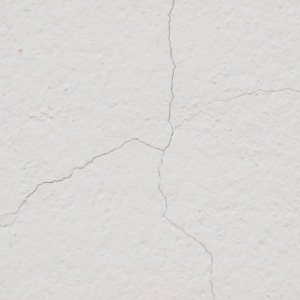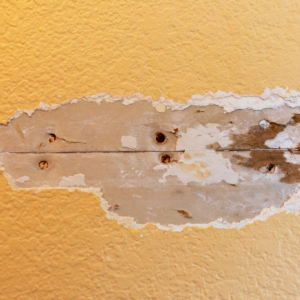Analyze the direction of the cracks. Vertical and horizontal cracks in drywall or plaster walls typically indicate drying and shrinkage, which is normal after construction. Jagged cracks, stair-step cracks, and 45-degree angle cracks generally signify structural movement or settling issues that are occasionally serious but usually harmless.
Measure the width of cracks with measuring tape. Typically, wider cracks signify more serious issues than thinner cracks. Cracks less than 1/8-inch thick are considered stress cracks and are harmless, while cracks ¼-inch wide and larger are often more serious.

Inspect the position of the crack after measuring its width. Long, horizontal cracks that extend along the joints where interior partition walls and upstairs ceilings connect generally signify roof truss issues which cause ceilings to detach from walls. These cracks are serious and require professional attention. Small cracks located above interior windows or doors are usually harmless.

Check whether water is leaking into the crack. If drywall or plaster surrounding the crack feels damp, you may have a water infiltration issue. Never take chances with cracks that leak because these are sometimes serious

